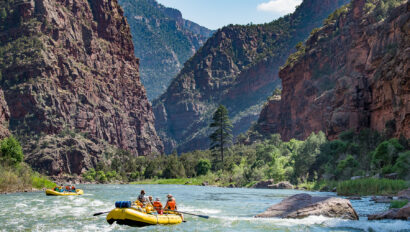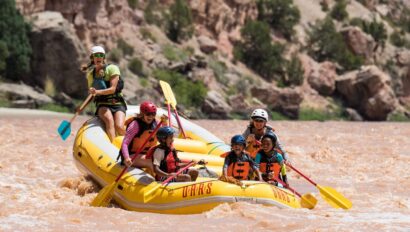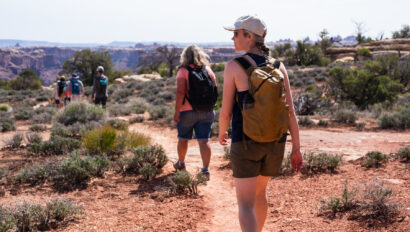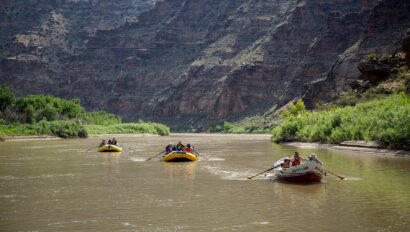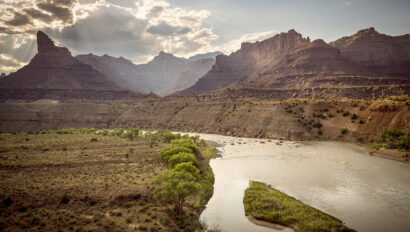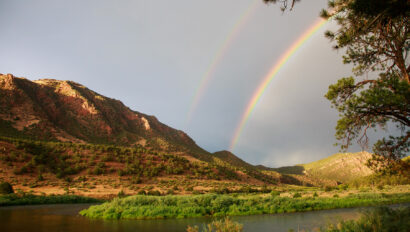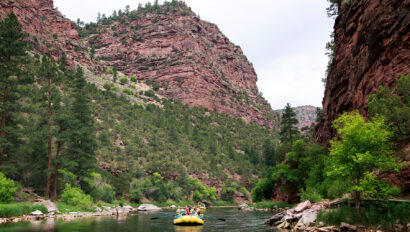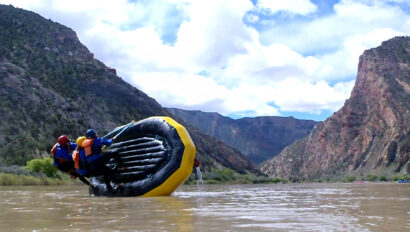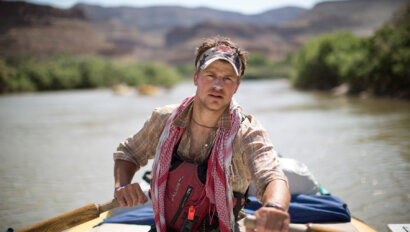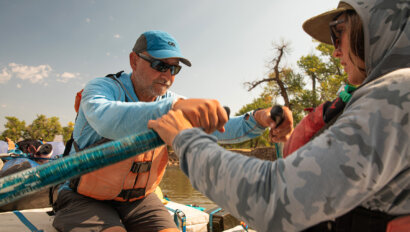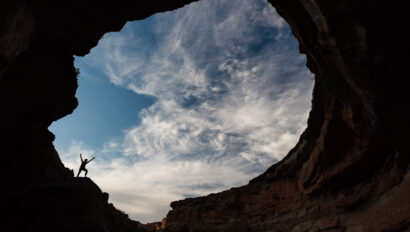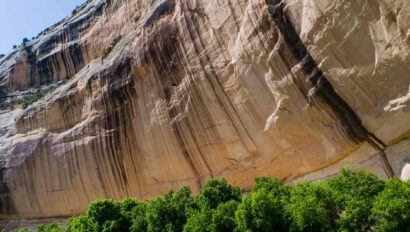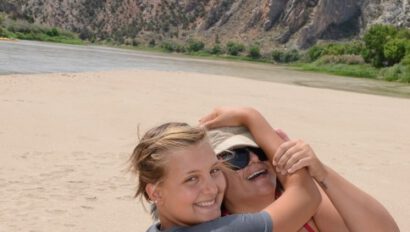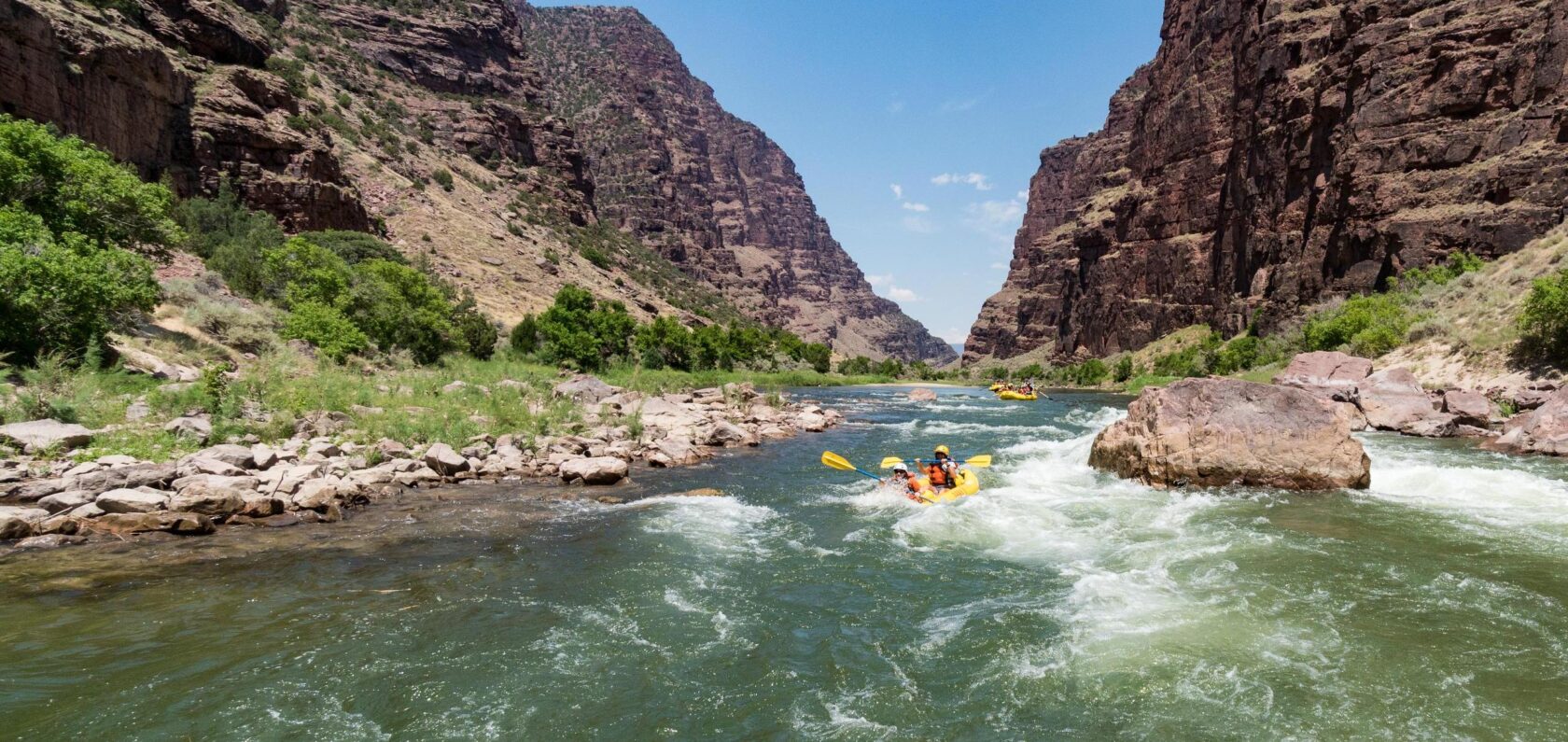
Green River Rafting
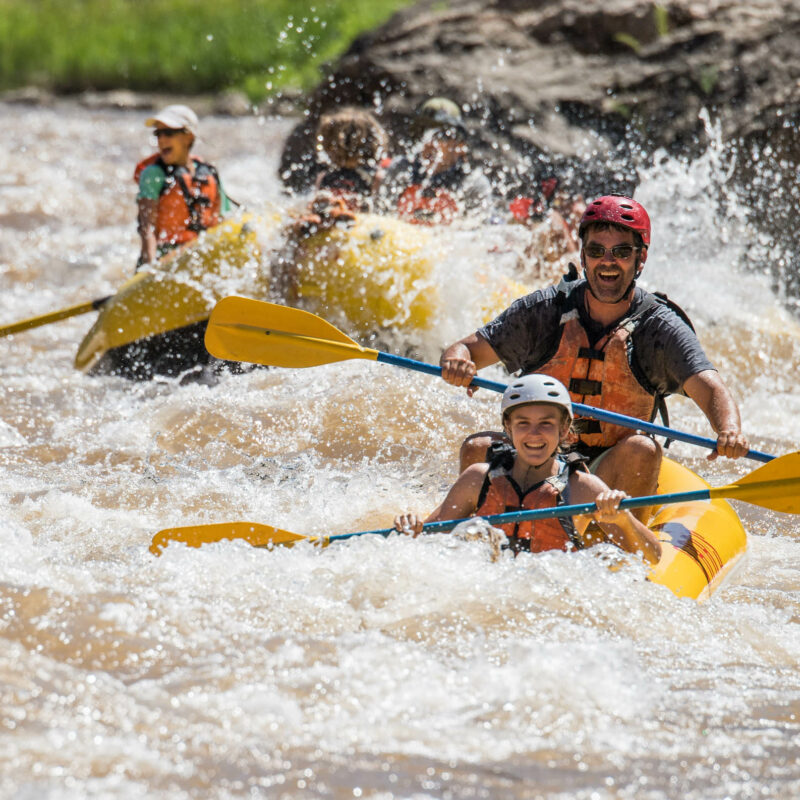
Explore Utah’s Green River
Float through and hike the legendary canyons of the Green River on a 1- to 8-day rafting trip for adventurous first-timers and families with kids as young as four years old. One of the best-known rivers of the Colorado Plateau, the Green River offers rafters everything from fun whitewater and spectacular campsites to Western outlaw hideouts, prehistoric dinosaur fossils, and abundant Native American cultural sites.
GREEN RIVER RAFTING ADVENTURES
I loved every bit of it! The setting is hard to beat and camping on riverside beaches will always be magical. But really this review is to celebrate the fantastic guides for all the work they put in making it possible. They were skilled boaters of course, but also great cooks and companions, and really make it easy to go and just enjoy yourself.
OARS Gates of Lodore guest 2022
Where does OARS operate on the Green River?
OARS runs trips on the Flaming Gorge, Split Mountain Canyon, Gates of Lodore, Desolation Canyon, and Stillwater Canyon sections of the Green River. Our John Wesley Powell Retrace trip follows the Green River from Flaming Gorge Dam to its confluence with the Colorado River through Cataract Canyon to Lake Powell.
What Green River trip is right for me?
Flaming Gorge — This splashy Class II trip is perfect for first-time rafters and young families. It offers crystal-clear water, fun rapids, world-class fishing, Wild West history, and gorgeous canyon scenery. Trip options include 1 or 3 days from June through August. The minimum age is 4.
Split Mountain Canyon — If you only have one day, this Class III trip won’t disappoint. Scenic floating and lively whitewater create the perfect way to sample Utah’s incredible rafting scene. One-day trips run May through September with a minimum age of 6.
Gates of Lodore — On this multi-day Class III rafting trip, float through Dinosaur National Monument, inflatable kayak through fun rapids, hike to side canyon waterfalls, and hunt for petroglyphs. Trips run 3, 4, or 5 days from May through September. The minimum age for this trip is 7.
Desolation Canyon — This multi-day Class III trip offers gorgeous red rock scenery, beautiful sandy beaches for camping, and more than 50 splashy, fun rapids the whole family can enjoy. Trip options include 5 or 6 days May through September. The minimum age is 7.
Stillwater & Cataract Canyon Hiker — This active adventure vacation near Moab combines tranquil floating and whitewater rafting on the Green and Colorado Rivers, with ample hiking in hard-to-reach regions of Canyonlands National Park. Trips are 7 or 8 days, with limited departures in April and September. The minimum age is 12.
John Wesley Powell Retrace — This expedition follows much of the route of the early explorer, from Flaming Gorge Dam to the Colorado River and through Cataract Canyon to Lake Powell. This demanding adventure is best for those looking for extended trips with long stretches of beautiful canyon, interspersed with moments of exciting whitewater. Different sections are available to book as a 7-day upper, 16-day lower, or full 23-day trip. This one-of-a-kind expedition typically departs in late May, with the option to join the lower section in early June. This trip has a minimum age of 16.
How did Don Hatch River Expeditions become part of OARS?
Originally founded by Don’s father, Bus Hatch, in 1929, Don Hatch River Expeditions was Utah’s preeminent river-running company for more than 75 years. Following Don’s death in 1994, his widow, Meg Hatch, continued to run Don Hatch River Expeditions until 2007 when she turned to OARS Founder, George Wendt, to carry on the Don Hatch Legacy. In 2008, with blessings from the National Park Service, Don Hatch River Expeditions became a part of the OARS Family of Companies. Today, OARS is proud to carry on the legacy of Don Hatch River Expeditions and a tradition of quality Utah rafting adventures.
Discover your next OARS Adventure

